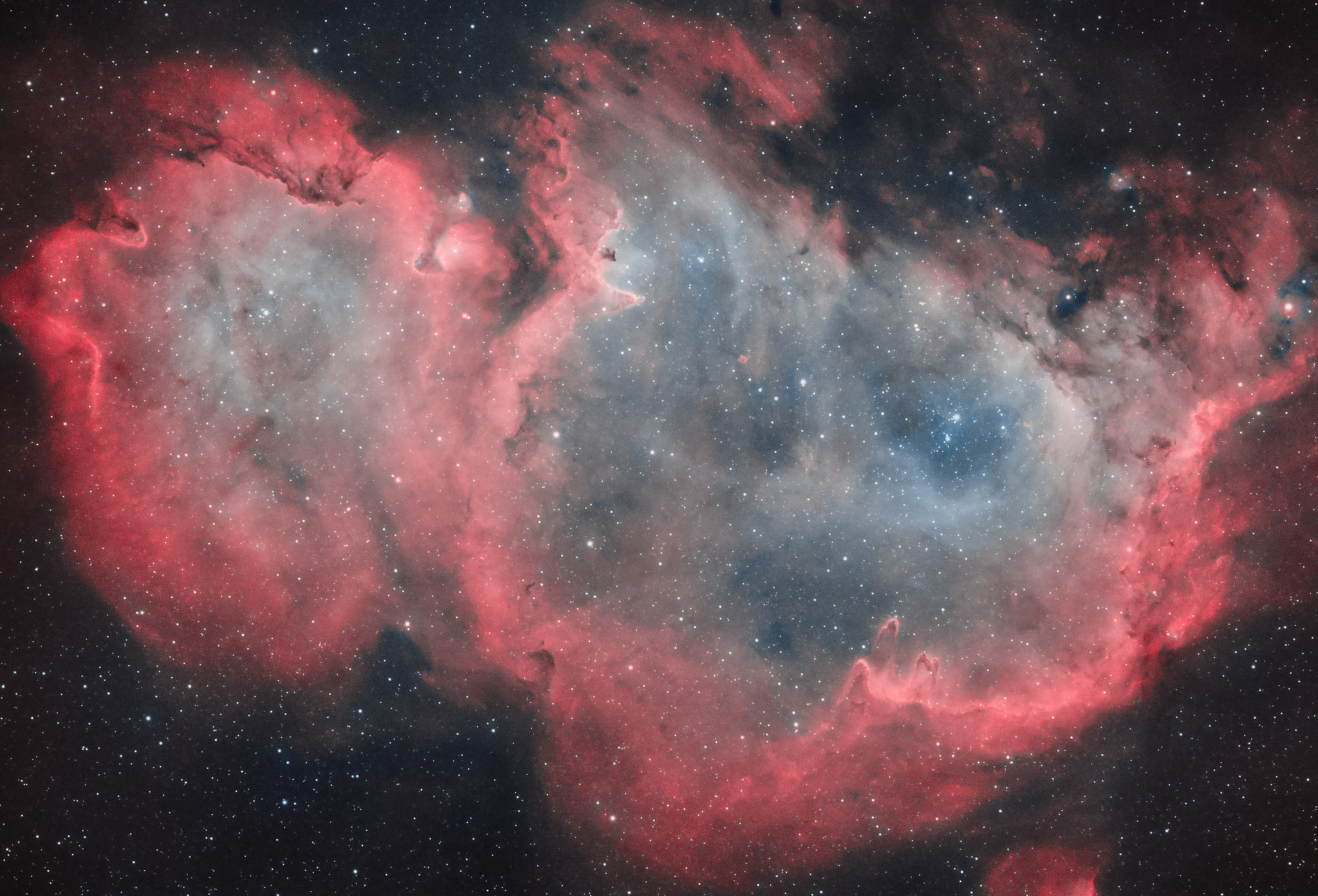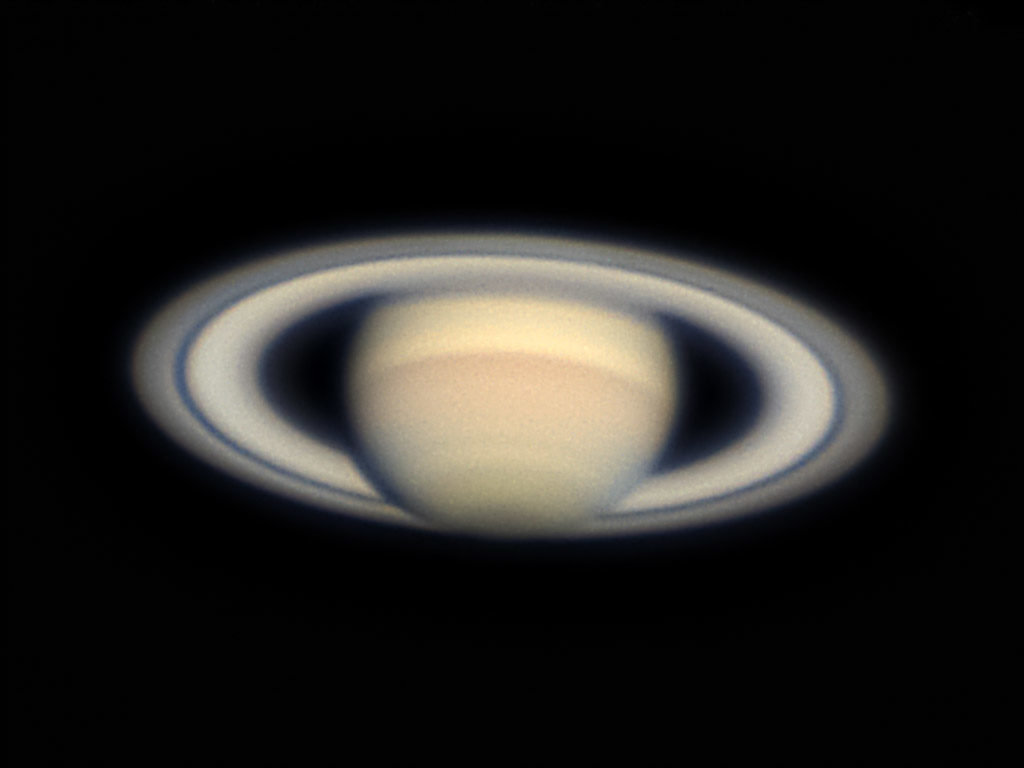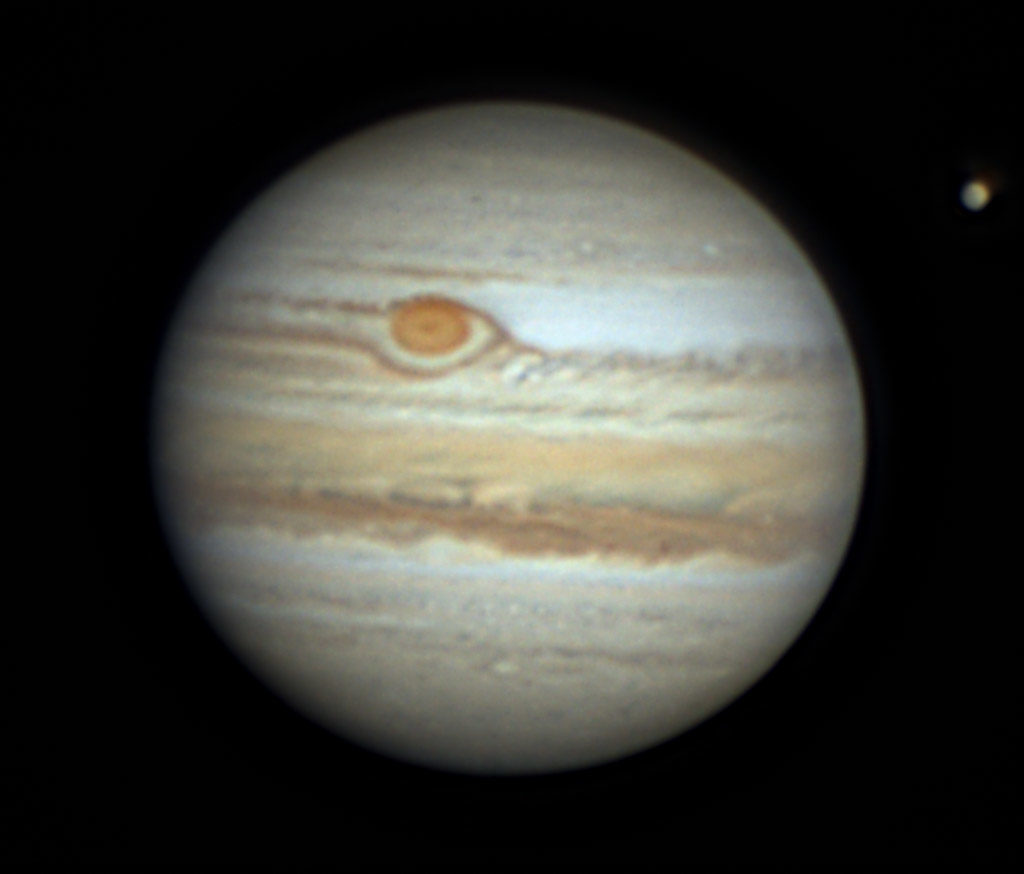
First light (Dec 2019/Jan 2020) with the Optolong L-eNhance filter.
Continue reading
First light (Dec 2019/Jan 2020) with the Optolong L-eNhance filter.
Continue reading
Only a quick try in May, should’ve taken many more frames for a proper image. Too focussed on Jupiter at that time. ;-)
Internationale Amateursternwarte e.V.
IAS Observatory Hakos, Namibia
Celestron C14 14″ 3910mm f/11 on Kraska horseshoe mount
ASI178MC with Televue Powermate 2,5x
Gain 359, 60ms, 20% out of 1000 frames
Image acquisition in cooperation with Michael Mushardt: Sharpcap
Image processing: AutoStakkert! 3, PixInsight, PIPP, Lightroom

One of the better single Jupiter images, taken back in May at Hakos, Namibia. Conditions for planetary imaging were relatively poor, tried over the course of 5 nights. All new single Jupiter images can be found in the Planets album.
Internationale Amateursternwarte e.V.
IAS Observatory Hakos, Namibia
Celestron C14 14″ 3910mm f/11 on Kraska horseshoe mount
ASI178MC with Televue Powermate 2,5x
Gain 240, 60ms, 10% out of 1000 frames
Image acquisition in cooperation with Michael Mushardt: Sharpcap
Image processing: AutoStakkert! 3, PixInsight, PIPP, Lightroom
All details at Astrobin, Image of the Day 15 Aug 2019!
NGC 6334 aka Cat’s Paw Nebula, an emission nebula and star-forming region in Scorpius.
(Updated version with improved colors, albeit a far cry from proper color calibration.)
All details at Astrobin.
NGC 4945, a barred spiral galaxy in the constellation Centaurus, vnear the star Xi Centauri.
All details at Astrobin.
All details at Astrobin.